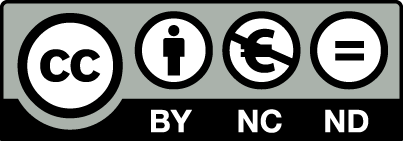Analyzing Automation Technologies and Their Tasks in Patent Texts Using Natural Language Processing
Tomáš OLEŠ
https://doi.org/10.53465/EDAMBA.2023.9788022551274.187-196
Abstract. Technological advances have changed the labor market, and automation technology is a major factor affecting jobs. To study its impact, it's important to accurately measure automation technologies. Patent text is a novel approach to understanding technological progress and identifying the tasks that different automation technologies can perform. The paper uses a dictionary-based approach to identify automation technologies from patent text and categorizes them into three groups: Robots, Software, and Artificial Intelligence. We find that the number of patents related to these groups has grown exponentially since 1980, with AI patents growing the fastest since the 1990s. Most patents are in the Physics (G) patent family. The tasks performed by the different groups of automation technologies vary, with robots focusing on assembly tasks, software on information processing, and AI on higher cognitive tasks. Almost all technologies aim to improve efficiency and reduce costs, according to the patent description.
Keywords: Automation Technologies, Natural Language Processing (NLP), Tasks
JEL classification: J23, O33, O34
Fulltext: PDF
Online publication date: 25 January 2024
ISBN: 978-80-225-5127-4
Publisher: University of Economics in Bratislava
Pages: 187-196
To cite this proceedings paper (STN ISO 690 and 690-2):
OLEŠ, T. 2024. Analyzing Automation Technologies and Their Tasks in Patent Texts Using Natural Language Processing. In PETROVSKÁ, F. (ed.). EDAMBA 2023: Conference Proceedings. Bratislava: University of Economics in Bratislava, 2024. ISBN 978-80-225-5127-4, pp.187-196.
https://doi.org/10.53465/EDAMBA.2023.9788022551274.187-196
License:

This work is licensed under a Creative Commons Attribution-NonCommercial-NoDerivatives 4.0 International License.